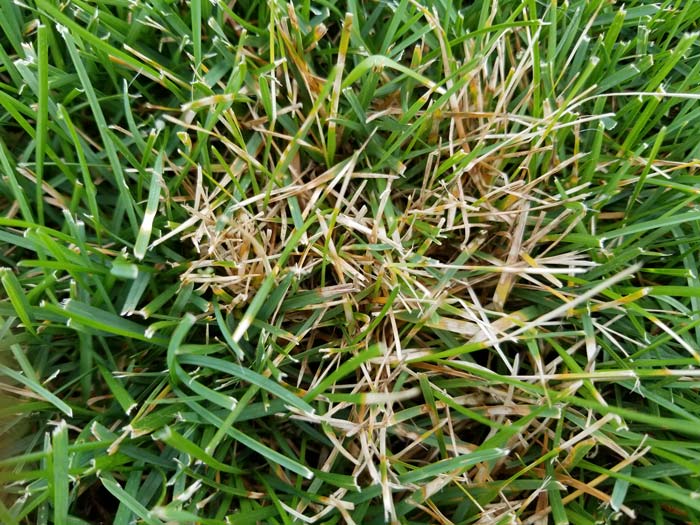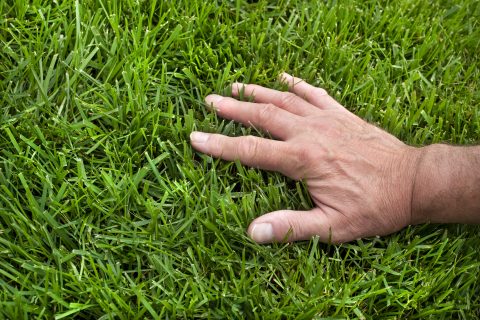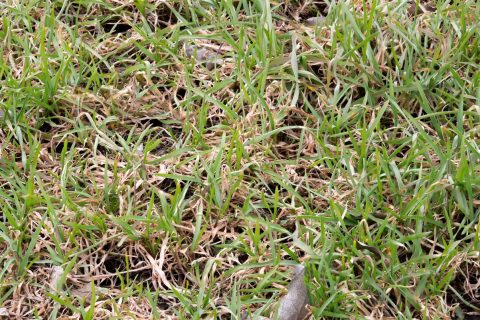4 common turf problems you need to be aware of

The spring typically brings plenty of rain, which can keep lawns lush and green. However, too much rain or extreme weather conditions can actually stress lawns and encourage disease growth. If your lawn’s color looks a little off, here’s what you might be dealing with:
- Rust: Turf blades have an orange or yellowish “powder” on them. When you walk on this turf, your shoes turn that same color. Extremely wet periods and cool nights during the growing season can cause nitrogen depletion in turf and encourage rust to establish itself. Rust will go away on its own with proper cultural techniques.
- Red Thread: This disease typically appears between late April and mid-June, but it can appear at any time during the growing season with high temperatures (68 to 75 degrees) and high humidity. Blades will have small strings of red sclerotia or mycelium on them. These “strings” are easily visible in the morning. This fungus will go away on its own, and can’t be treated with a fungicide once it appears. I almost never recommend applying a preventive fungicide, which can get expensive.
- Dollar Spot: (Pictured above) This fungus can begin to appear and infect turf in the spring when night temperatures exceed 50 degrees; although it’s most noticeable in the late spring and early summer. There’s no need to treat with fungicides because it’ll go away on its own by adhering to proper cultural techniques. Similar to Red Thread, think of this as your lawn having a common cold.
- Gray Snow Mold: Turf with snow mold is matted and appears gray and/or white. Snow mold almost always appears where there was heavy snowfall or where snow was piled on turf. If snow mold appears, lightly rake the infected area of the lawn to lift up the blades. Extra tip: Don’t let turf stay matted in the spring–this can negatively impact growth.
At the same time, lawns can turn a yellowish color as they go dormant in the winter. A healthy lawn will wake up in the spring and green right up.
Your trusted lawn care provider and lawn pest exterminator
We Service Areas of Norfolk and Bristol County, Massachusetts Including, Foxborough, Mansfield, Wrentham, Walpole, Plainville, Franklin, Norfolk, Sharon, North Attleborough, and Parts of Attleboro, Stoughton, Canton, Norwood, Norton and Medfield. Learn more about our Complete Lawn Care program.


